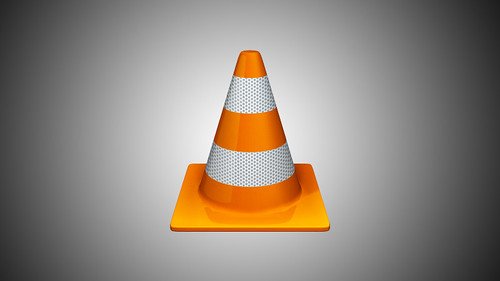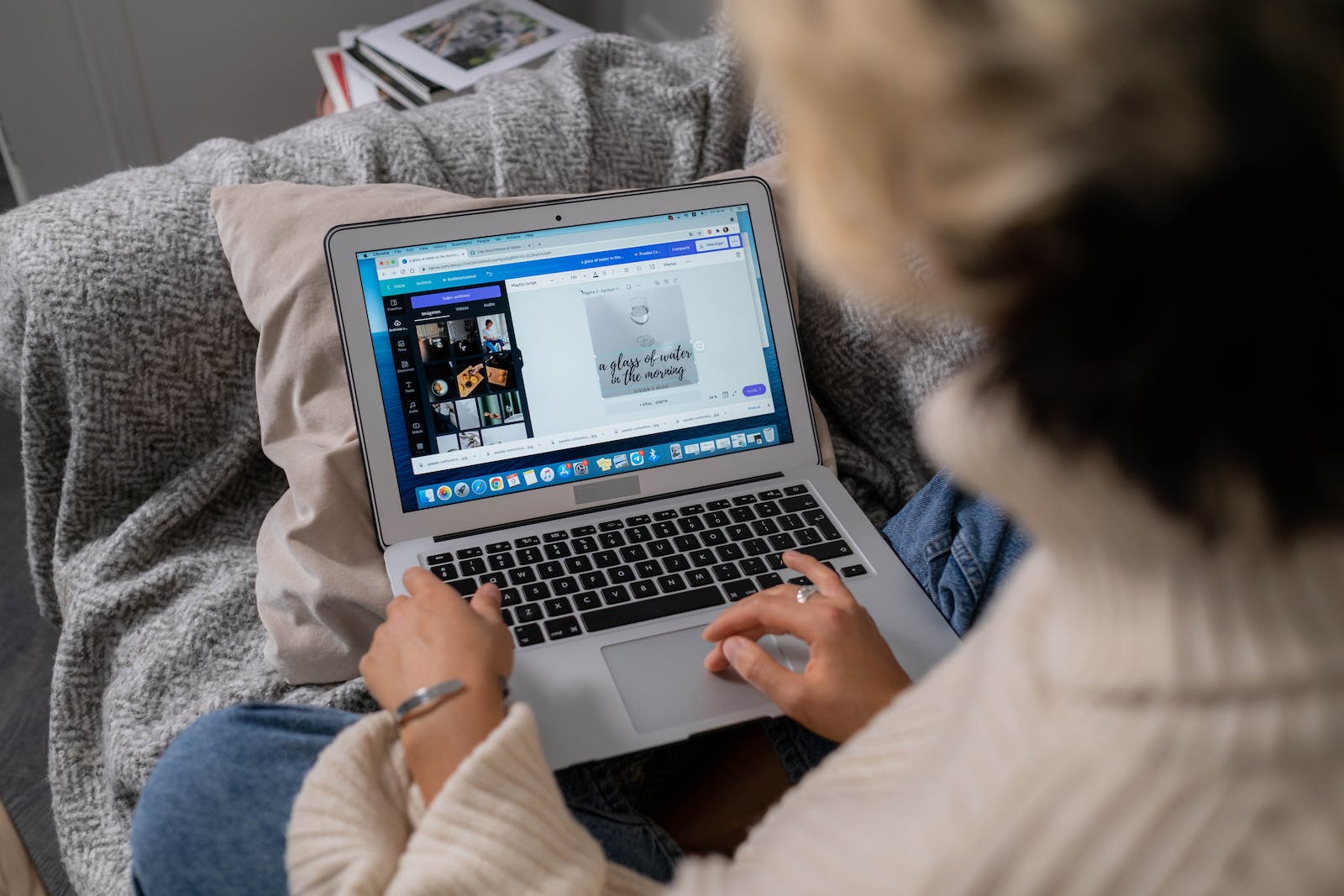Estimated reading time: 5 minutes
230 Views
Blogging has become an increasingly popular way for individuals to share their thoughts, ideas, and experiences with the world. Starting a blog can be a fulfilling and rewarding experience, but it can also be overwhelming for those who are new to the process. In this article, we will provide a step-by-step guide on how to start blogging with detailed information to help you get started.
Step 1: Choose your blogging platform
Before you can start blogging, you need to choose a blogging platform. There are many different blogging platforms available, including WordPress, Blogger, Medium, and Tumblr. Each platform has its own advantages and disadvantages, so it’s important to research each one and choose the one that best fits your needs.
WordPress is one of the most popular blogging platforms and is great for those who want a lot of customization options. Blogger is a great option for those who are just starting out and want a simple platform to get started. Medium is a great option for those who want to focus on writing and don’t want to worry about the technical aspects of blogging. Tumblr is a good option for those who want to create more visual content, such as photos and videos.
Step 2: Choose a domain name and hosting
Once you have chosen your blogging platform, you need to choose a domain name and hosting. Your domain name is the address that people will use to access your blog, and your hosting is where your blog will be stored.
There are many different hosting providers available, including Bluehost, HostGator, and SiteGround. You will need to choose a hosting plan that fits your needs and budget. You will also need to choose a domain name that is unique and easy to remember.
Step 3: Set up your blog
Once you have chosen your domain name and hosting, you need to set up your blog. This will involve installing your chosen blogging platform on your hosting provider’s server.
Most hosting providers offer a one-click installation option for popular blogging platforms like WordPress, which makes the process easy and straightforward. Once your blogging platform is installed, you can customize your blog’s design, layout, and functionality.
Step 4: Start creating content
Now that your blog is set up, it’s time to start creating content. This is where the real fun begins! You can start by brainstorming ideas for blog posts and creating an editorial calendar to keep yourself on track.
When creating content, it’s important to keep your audience in mind. Think about what type of content will be most interesting and valuable to your readers. You can create a variety of different types of content, including blog posts, videos, podcasts, and infographics.
Step 5: Promote your blog
Once you have started creating content, it’s important to promote your blog so that people can find it. There are many different ways to promote your blog, including social media, email marketing, and search engine optimization.
Social media is a great way to promote your blog and connect with your audience. You can share your blog posts on social media platforms like Twitter, Facebook, and LinkedIn. You can also use social media to engage with your audience and build relationships.
Email marketing is another great way to promote your blog. You can create an email list and send out regular newsletters to your subscribers. This is a great way to keep your audience engaged and informed about your latest blog posts.
Search engine optimization (SEO) is the process of optimizing your blog so that it appears higher in search engine results pages. This involves optimizing your content for keywords, creating high-quality backlinks, and improving your website’s overall user experience.
Starting a blog can be a fun and rewarding experience. By following these steps, you can set up your own blog and start creating content that will engage and inspire your audience. Remember to be patient and consistent, and over time, your blog can become a valuable resource for your readers.
Step 6: Engage with your audience
Engaging with your audience is an important part of blogging. It’s important to respond to comments on your blog and on social media and to build relationships with your readers. By engaging with your audience, you can build a loyal following and create a sense of community around your blog.
Step 7: Monitor your analytics
Monitoring your analytics is important to track the performance of your blog. You can use tools like Google Analytics to track your website traffic, including the number of visitors, page views, and bounce rate. This data can help you identify areas where you can improve your blog and create content that resonates with your audience.
Step 8: Continuously improve your blog
Continuously improving your blog is important to keep your audience engaged and interested. This involves creating new content regularly, improving your website design and functionality, and staying up to date with the latest blogging trends and best practices. By continuously improving your blog, you can create a valuable resource for your readers and establish yourself as an authority in your niche.
Starting a blog can be a fulfilling and rewarding experience. By following these steps, you can set up your own blog and start creating content that will engage and inspire your audience. Remember to be patient and consistent, and over time, your blog can become a valuable resource for your readers. With dedication and hard work, you can turn your blog into a successful venture that allows you to share your passion and connect with others who share your interests.
For the latest tech news and reviews, follow Rohit Auddy on Twitter, Facebook, and Google News.





